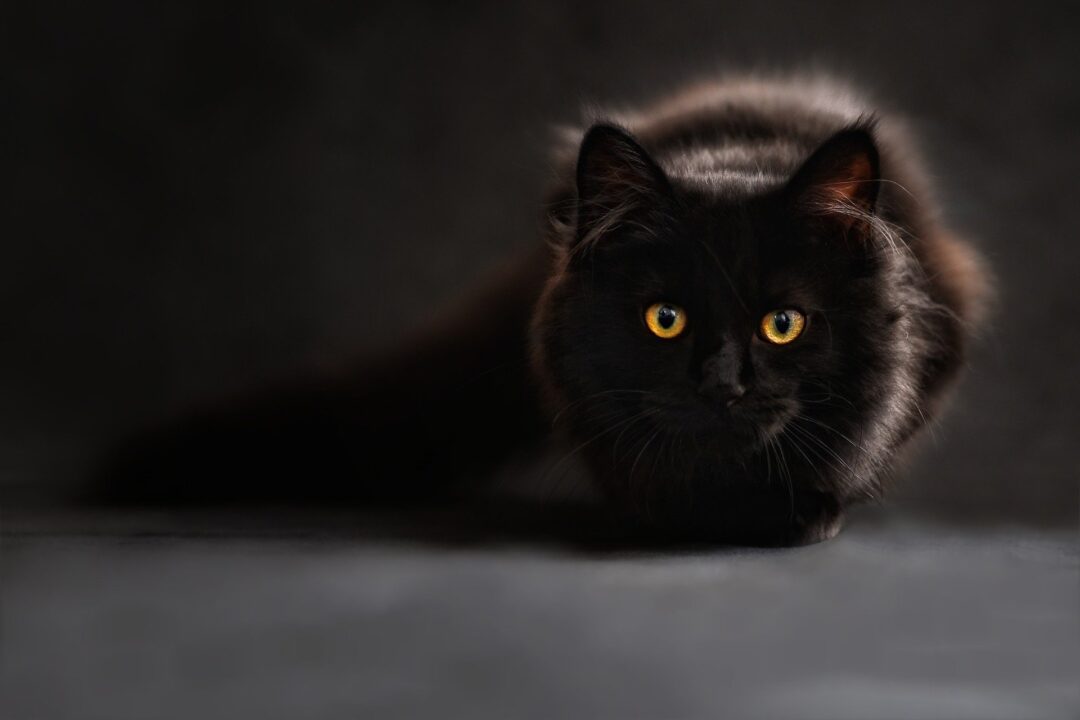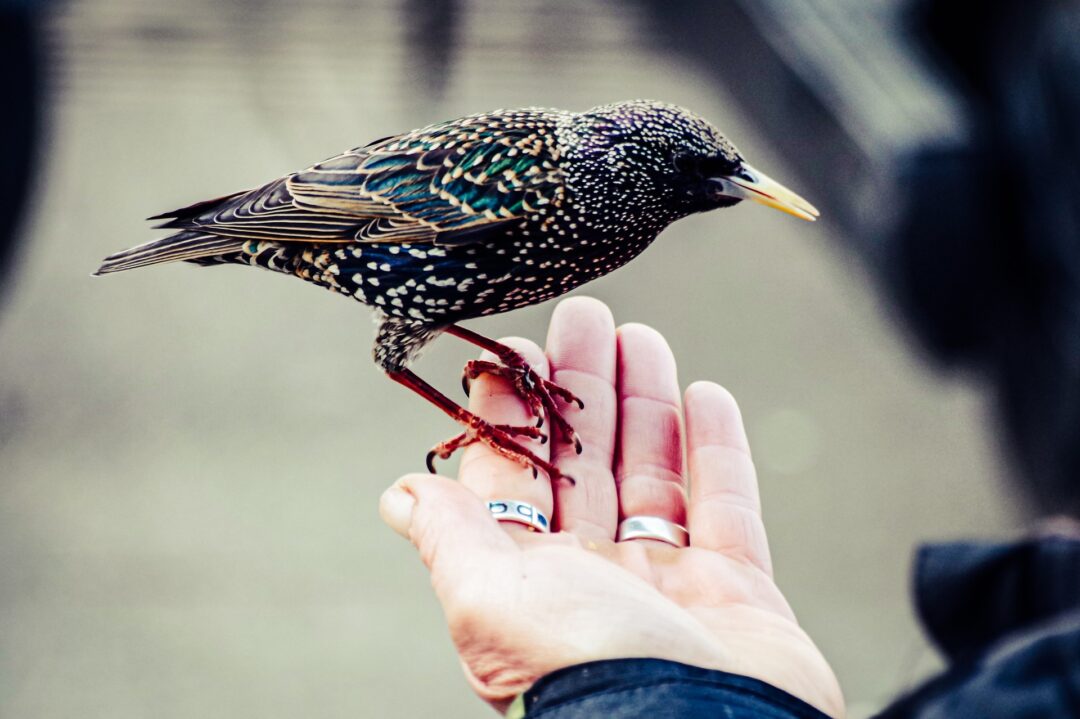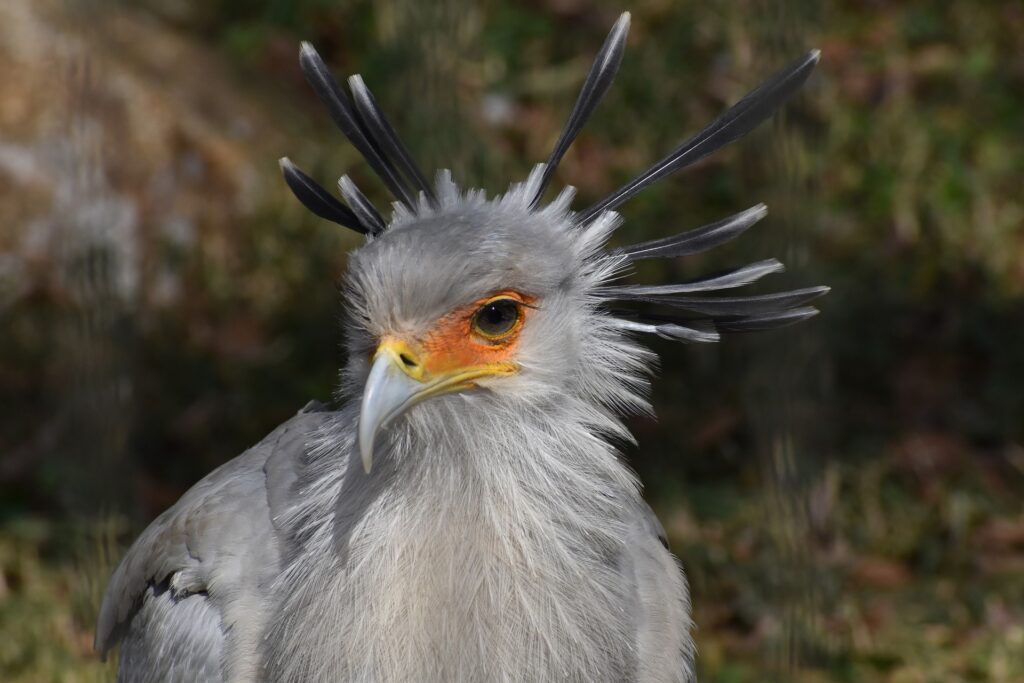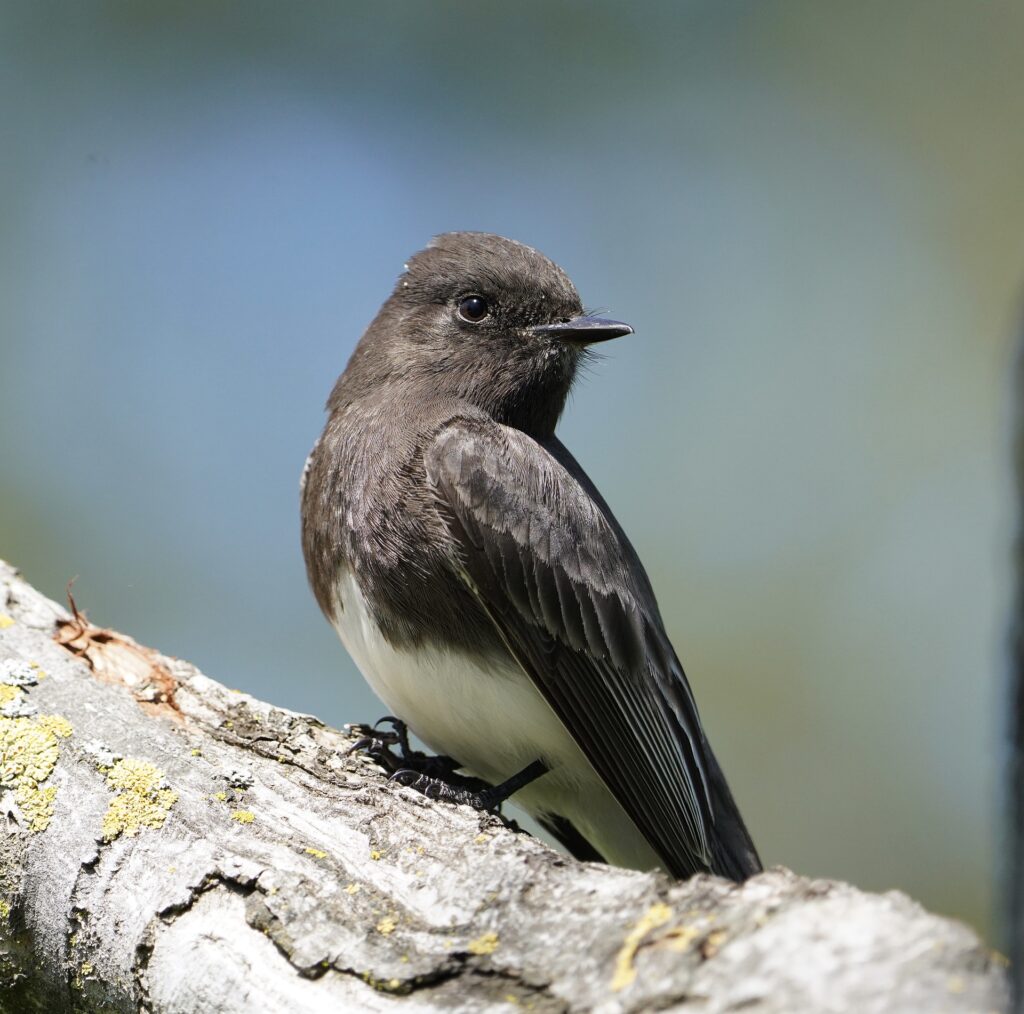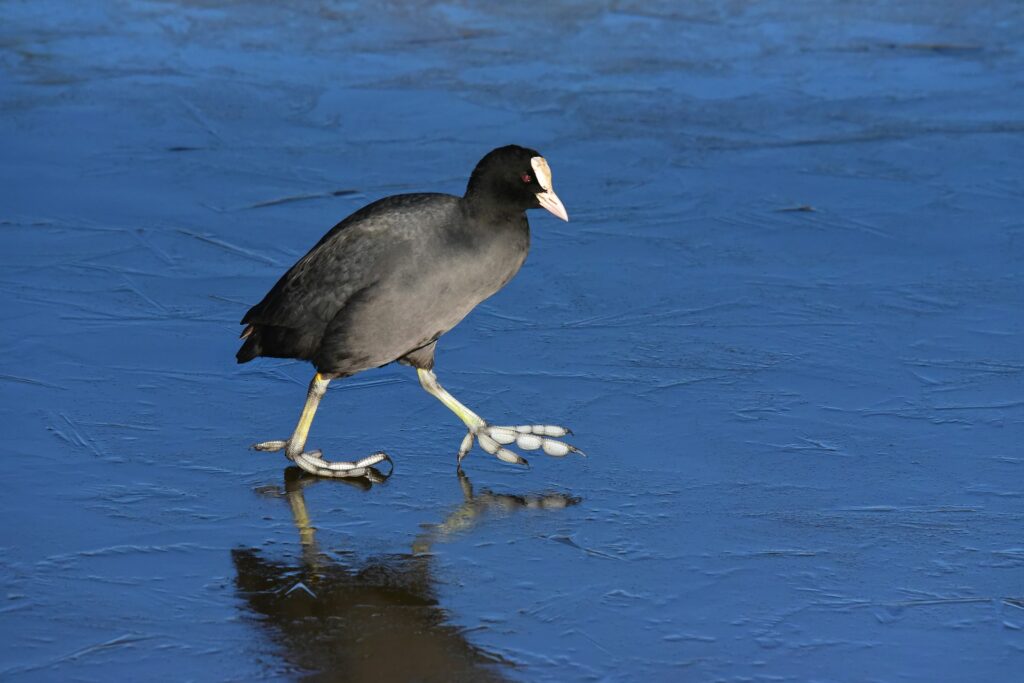In honor of International Woman’s Day, I asked my Instagram community at @kstroller what some of their favorite female-presenting character movement performances were.
One brought up a phenomenal example that I embarrassingly hadn’t thought of in a long time.
Michelle Pfeiffer’s Selina Kyle/Catwoman from Tim Burton’s 1992 Batman Returns.
I knew I needed to do a character movement study immediately.
So, here we are.
If you’re not familiar with Batman Returns, here’s the trailer
Now, there are countless interpretations of Catwoman out there. From film, tv, comics, etc. and it’s a challenge to compare them all as they all are different and have their merits.
But for me, Pfeiffer’s portrayal was my first and easily my favorite.
I admit I’m biased.
As said by Moira Macdonald in her Seatletimes article, “It’s one of those performances that sears itself into your memory.”
Her transformation from Selina Kyle to Catwoman is a sight to see. A balancing act full of incredible movement and vocal work that is a journey of a woman’s trauma, self-discovery, and power.
So, this is how I would break down the movement signatures of the three ladies within her: Selina before the fall, Selina/Catwoman, and Catwoman.
I’ve no clue if Pfeiffer used Labanotation in her character construction, so this is solely how I would break it down.
If you’re not familiar with the work of Rudolf Laban or Labanotation, check out my intro posts of how his groundbreaking dance notation system can help you develop unique characters from the ground up. You can check them out here and here.
The first dives into his basic building blocks, while the second goes into his eight more nuanced efforts of movement.
Selina Kyle before the fall
Selina’s movement signature before she’s pushed out the window by her boss is overall timid.
We get glimpses of the powerful woman trapped within, but they’re fleeting.
The primary Laban building block she has here is bound. In most scenes, her shoulders feel like they’re bound in place, nearly around her ears.
Her whole upper body feels fixed like her elbows are tucked in when she’s serving coffee.
There’s a weight to her movements, even how she tosses off her shoes in her apt.
She’s heavy and more in the lower half of her body, leading to her slight slouching. With slouching, she closes off her heart.
This, to me, is a fantastic example of how character movement goes hand in hand with the psychological makeup of a character. She’s trapped, unhappy, wounded, and she’s hunched over to protect her heart.
She’s more sustained and predictable in her movements. As an example, when she’s moving around the table to pour coffee when we first meet her.
The way she moves around the table, leans over, and stretches out her hand to pour the coffee is one continuous movement.
One key factor I also notice is that she leads with the top of her head, her eyes often downcast. Which comes across as being submissive to those around her.
Though her head is held higher when she first meets Batman.
So, how does her movement signature evolve after the fall?
Selina and the Cat
When she walks through her apartment door after the fall, her lead point has shifted to her hips, yet it doesn’t feel like her center of gravity is where it was before.
She’s no longer hunching over, and even though she still lounges, her posture remains more upright than it was before.
Her movements, although chaotic, are direct. There’s a sudden and slashing way she maneuvers from one chaotic moment to another.
Specifically, in this scene where she tears apart her apartment and constructs her suit which you can watch here.
Catwoman
Catwoman herself is light on her feet. She appears to be on the balls of her feet, regardless of the fact she’s wearing heels.
She’s incredibly direct, especially when she’s brandishing her whip.
Having become the hunter, she’s always got her gaze fixed on what it is she’s after.
She’s more slinky, sustained, and free as she moves about.
Conclusion
There’s a reason Pfeiffer’s Catwoman has stayed the test of time.
Her performance is magnetic. And, as mentioned in Collider, “Pfeiffer’s Catwoman proves that camp and good acting can (and should) go hand in hand.”
Often ranking top cat (or close to it) in popular blogs such as whattowatch, and coming soon. Though Zoë Kravitz is currently taking Gotham by storm, and rightly so.
Do you have a favorite Catwoman?
Let me know in the comments below, and happy meowing!

